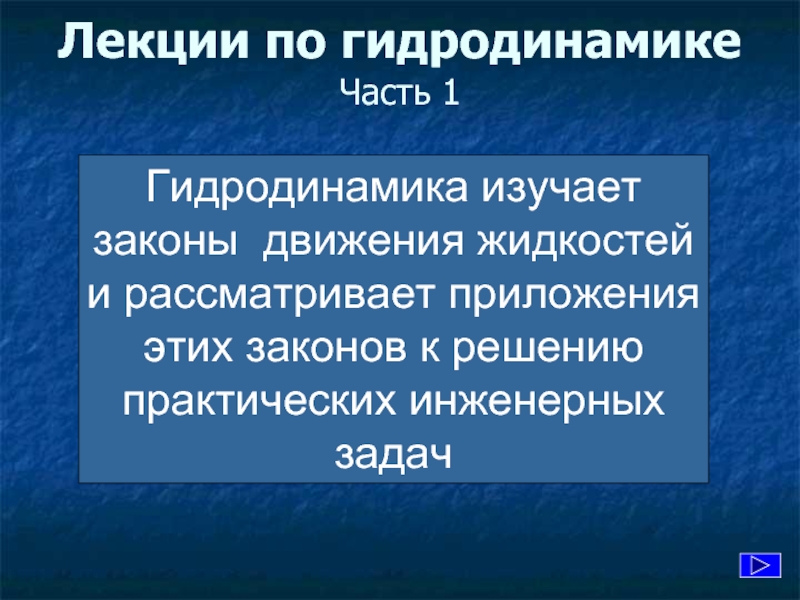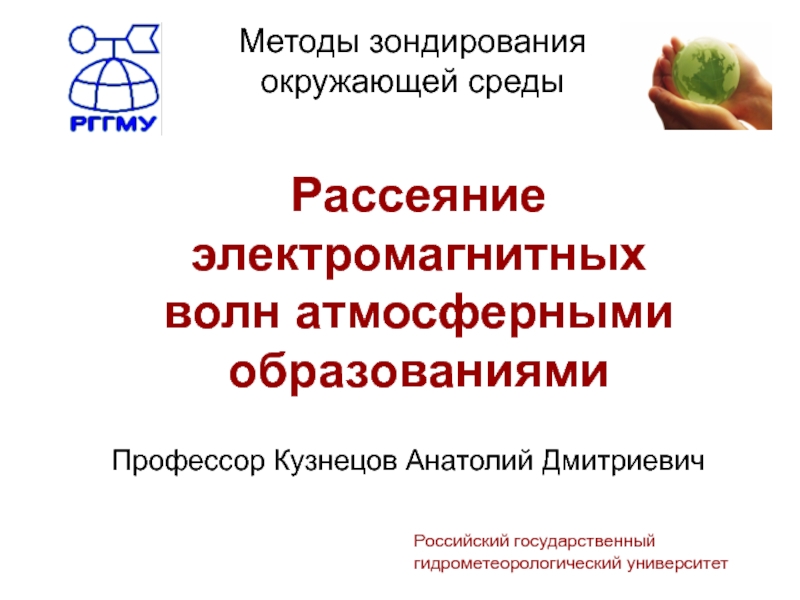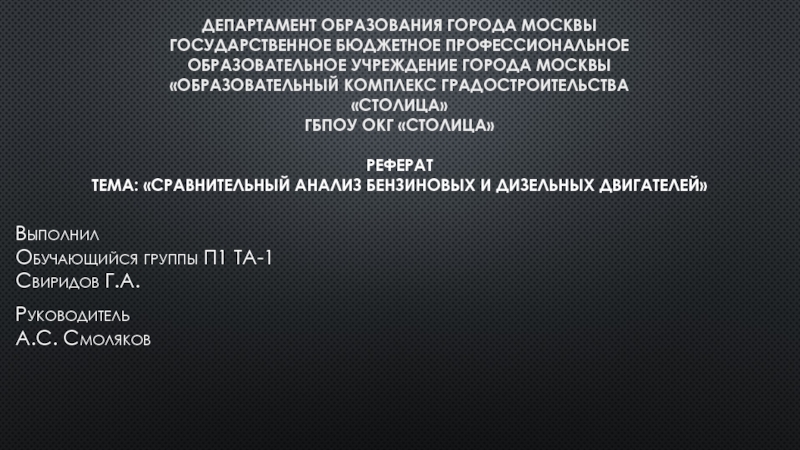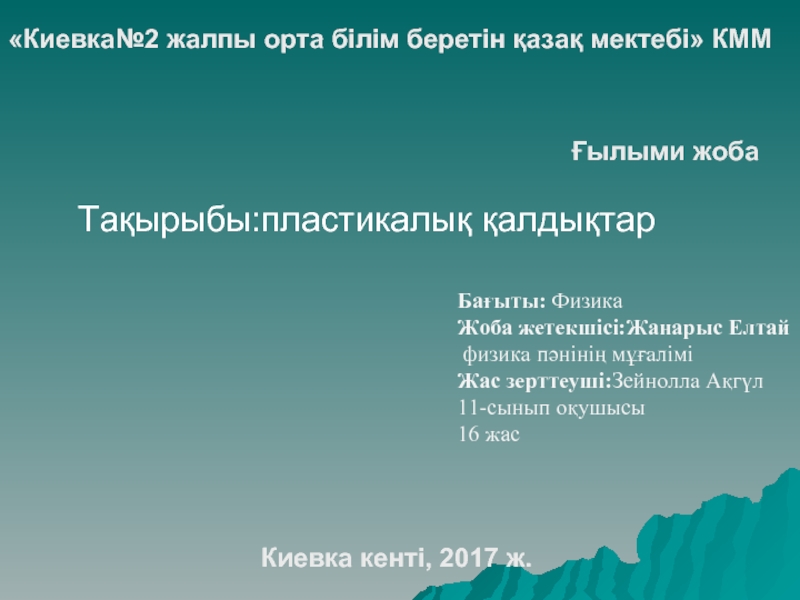P.S.Ivanov1,2, I.V.Mochalov1, A.V.Sandulenko1,2, T.A.Stepanova1
Passively Q-switch Raman self-converter on KGW:Nd active crystals emitting at 1.54 μm was proved to be one of the best ways to built the compact and efficient eye-safe laser source. It possesses low pumping thresholds and high output pulse energies. However the operation and output characteristics of this laser are strongly dependent on parameters and quality of selective mirrors applied in this laser. The high reflection (HR) at the wave length of 1.3 μm should be accompanied with minimum reflection at the wave length of 1.06 μm and certain reflection at 1.54μm. The high requirements to values of reflections at specified wave lengths make the task of developing the reproductive coating technology quite problematic.
It was shown several year ago, that efficient and compact eye-safe laser emitting at 1.54 micron can be built as a Raman self-converter of 1.35 micron radiation to 1.54 mm on the basis of KGd(WO4)2:Nd. Applying passive Q-switch based on YAG:V crystals has made the whole scheme more compact and reliable.
Introduction
Sources used:
[1] Landsberg G.S.,. Optics, 6th ed., M.: FIZMATLIT, 2003, p. 529
[2] P. Laporta [et al.], Diode-pumped CW bulk Er:Yb:glass laser, Optics Letters, 1991, Vol. 16, № 24, p. 1952–1954
[3] V. Boutchenkov [et al.], High efficiency diode-pumped Q-switched Yb:Er:Glass lasers, Optics Communications, 2000, Vol. 177, p. 383–388
[4] Prokhorov A.M.(eds.), Handbook of lasers, Volume 1, 1978, p. 381.
[5] Ivanov P.S., Mochalov I.V., Sandulenko A.V., 1,5 µm miniature and chip longitudinally diode pumped passively Q-swiched Raman laser, Laser Optics, 2014 International Conference - 2014, pp. 6886249
The optical scheme
The lines of compact emitter were developed. Typical output parameters are presented in table
Eye-safe Raman converter head with elements of optical scheme
The minimal threshold 2.5 J was achieved, output energy being 4mJ
Despite of all the advantages mentioned this Raman laser has its main weakness which appeared to be quite important. Its operation and output parameters depend strongly upon the quality and spectral parameters of poly-chromatic mirrors of its cavity.
The requirements for selective mirrors to possess maximal reflection at 1.3 micron (higher than 99.8%) accompanied with minimal reflection at 1.06 micron (less than 0.5%), which were stated primary, appeared to be hard to satisfy and much more hard to reproduce.
The several number of mirror pairs was studied to obtain precise values of the reflections at wave lengths 1.06 and 1.3mm. The CW diode-pumped lasers based on YAG:Nd emitting at the wave lengths of 1.06 and 1.3mm were used to measure the reflections, residual reflections and transmissions of the mirrors.
Output power of CW diode pumped lasers was 500 – 1000 mW, which has made it possible to measure the residual reflection less than 0.5 %
Output Characteristics obtained at different output couplers are present in table
Conclusions
The use of diode pumped CW lasers allows one to measure the small values of reflection as well as residual transmission.
The Reflections at the wave lengths of 1.06 and 1.3 micron were measured 8 groups of mirrors. The most frequent range of values was within 3-7% for 1.06 micron (the whole range being 0.03 – 11.7%). At 1.3 micron the most frequent reflection range was 95 – 98%(total range being 91.0 – 99.8%).
The better output parameters were obtained for mirrors for R1.3 =99.9%, R1.06=0.03% R1.3=99.9%, R1.06=0.03% (output coupler) and R1.3=99.7%, R1.06=0.5% (100% mirror). Threshold was measured to be 5 J, output energy being 12 mJ.
The mirror pairs with residual reflection at the wave length up to 3% allow the use of passive Q-switches with transmittance not less than 48%. The output energy depends on reflection at the wave length of 1.3 micron. Reflection decreased up to 96%, output energy falls from 8-10 mJ to 4 mJ. The reflection at the wave length of 1.3 micron not less than 99% provides the output energy no less than 7 J , threshold being not higher than 8.5 J.
1 St. Petersburg National Research University of Information Technologies, Mechanics and Optics, St. Petersburg, Russia
2 Research and Technology Institute of Optical Material Science, St. Petersburg, Russia






